Finned tube heat transfer systems have revolutionized the field of thermal management by significantly enhancing heat exchange efficiency in various applications.
The ingenious design of these systems, integrating extended surfaces or fins on tubes, has become a cornerstone in industries such as HVAC, refrigeration, power generation, and chemical processing.
However, the success of these systems hinges on careful consideration of various design factors.
In this article, we will delve into the key design considerations for finned tube heat transfer systems.
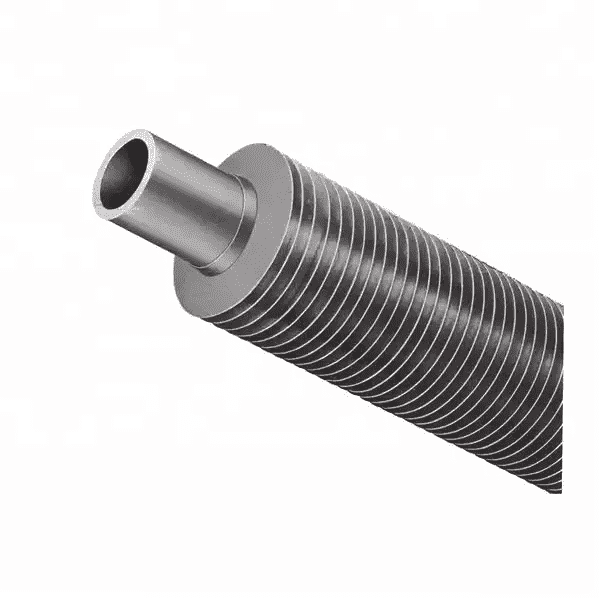
1. Fin Geometry
The shape and arrangement of fins play a crucial role in the performance of finned tube systems.
The choice between straight, helical, or wavy fins, as well as their spacing and thickness, directly impacts heat transfer rates, pressure drops, and overall system efficiency.
2. Material Selection
Both the tubes and fins must be fabricated from materials compatible with the operating conditions and the fluids involved.
Corrosion resistance, thermal conductivity, and mechanical strength are among the critical material properties to consider.
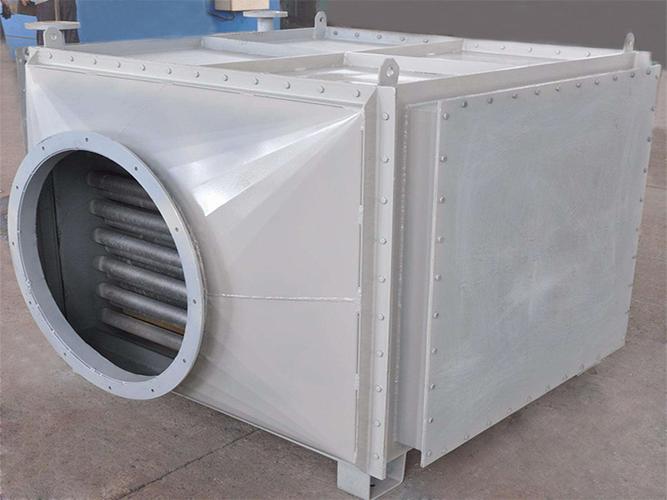
3. Fluid Properties
The thermal conductivity, density, and viscosity of the fluids flowing through the tubes significantly influence heat transfer performance.
A comprehensive understanding of fluid properties aids in optimizing the design for efficient heat exchange.
4. Air-Side Considerations
In air-cooled finned tube systems, the characteristics of the surrounding air, such as temperature, humidity, and velocity, impact the heat transfer process.
Aerodynamic factors, including the formation of boundary layers and air turbulence, must be taken into account.

5. Fouling and Corrosion
Fouling, the accumulation of unwanted deposits on tube surfaces, and corrosion can impede heat transfer efficiency.
Implementing preventive measures, such as appropriate coatings or regular maintenance, is essential to mitigate these challenges.
6. Thermal Expansion
Differential thermal expansion between the tubes and fins can lead to mechanical stresses, potentially causing deformation or failure.
Proper consideration of thermal expansion coefficients and expansion joints is crucial to ensure the system’s structural integrity.
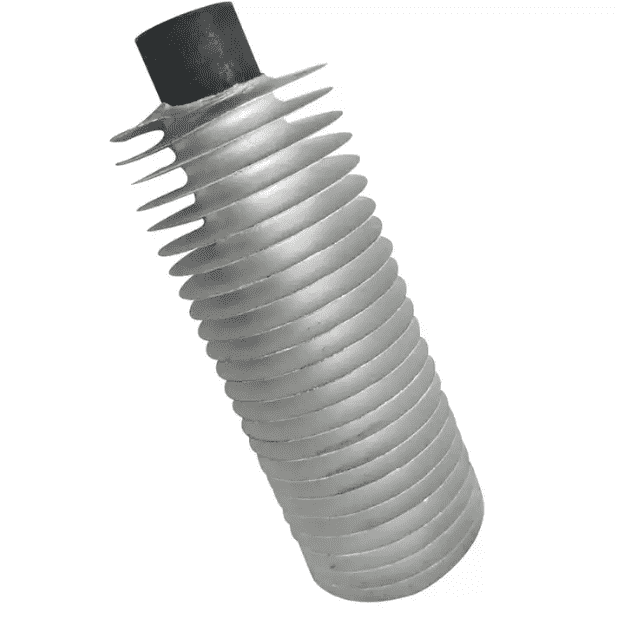
7. Pressure Drop
The resistance encountered by the fluid as it flows through the system results in pressure drop.
Balancing heat transfer efficiency with acceptable pressure drop levels is imperative to avoid excessive energy consumption.
8. Performance Optimization
Computational fluid dynamics (CFD) simulations offer a powerful tool for optimizing finned tube heat transfer system designs.
These simulations provide insights into fluid flow patterns, temperature distributions, and pressure profiles, aiding in refining the system’s performance.
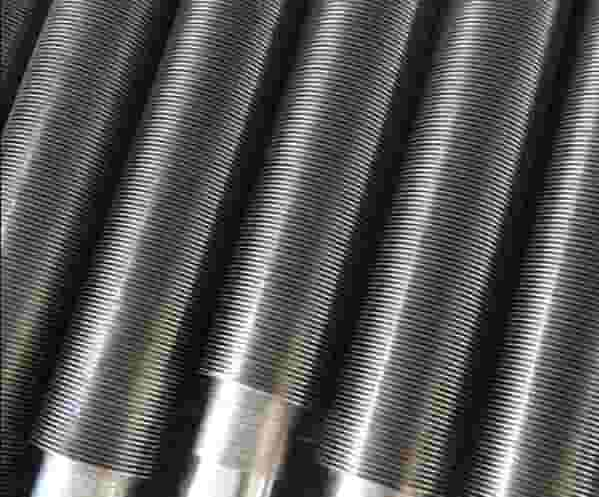
9. Design Codes and Standards
Adhering to industry-specific design codes and standards ensures the safety, reliability, and efficiency of finned tube heat transfer systems.
These guidelines provide a framework for materials selection, fabrication, and installation.
10. Maintenance and Accessibility
Designing the system for ease of maintenance is essential for long-term reliability.
Access to tubes and fins, ease of cleaning, and the potential for component replacement should be integral to the design.
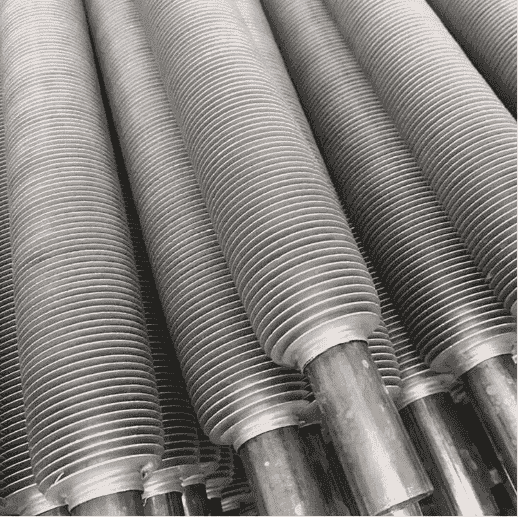
Conclusion
Finned tube heat transfer systems offer a remarkable solution for enhancing thermal management across various industries.
However, their design must be approached with careful consideration of the factors mentioned above.
A thorough understanding of fin geometry, material compatibility, fluid properties, and other key design considerations ensures that these systems operate efficiently, reliably, and safely.
As technology and research continue to advance, optimizing finned tube heat transfer systems will remain a dynamic field, contributing to the evolution of more energy-efficient and sustainable thermal management solutions.
